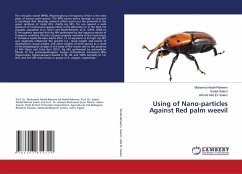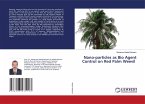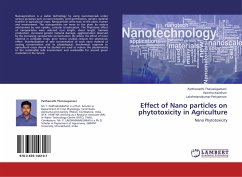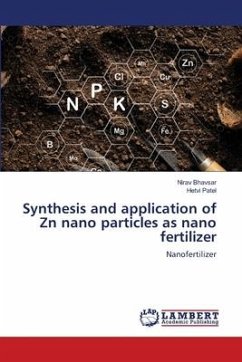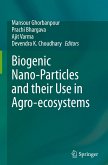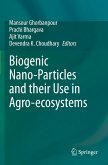The red palm weevil (RPW), Rhynchophorus ferrugineus Olivier is the most pests of various palm species. The RPW causes severe damage to coconuts in Southeast Asia. Recently, research efforts point out the potential of the green synthesis of metal NPs, chiefly Ag NPs, for use against a wide spectrum of noxious pest species either in the laboratory or in the field. For example, Jayaseelan et al. (2011) and Abdel-Raheem, et al., (2019, 2020) on R. ferrugineus reported that Ag NPs synthesized by leaf aqueous extract of Tinospora cordifolia (Thunb.) caused complete mortality of the head louse, P. humanus capitis De Geer adults after 1 h of exposure at 25 mg/l. Ag NPs was negatively influenced the growth (i.e., larval weight and period of development, pupal weight, and adult weight) of both species as a result of the physiological changes in the body of the insects due to the presence of NPs (Yasur and Usha Rani 2015). Ag NPs synthesized by extracellular filtrate of the entomopathogenic fungus Trichoderma harzianum Rifai (Hypocreales: Hypocreaceae) resulted in 92, 96, and 100% mortality of 1st, 2nd, and 3rd-4th instar larvae or pupae of A. aegypti, respectively.

